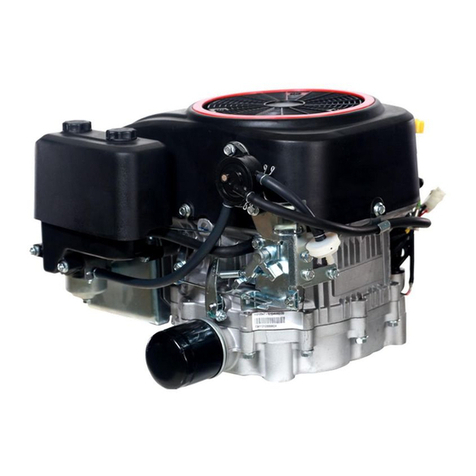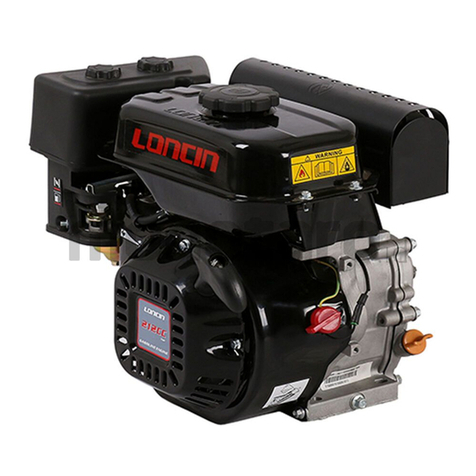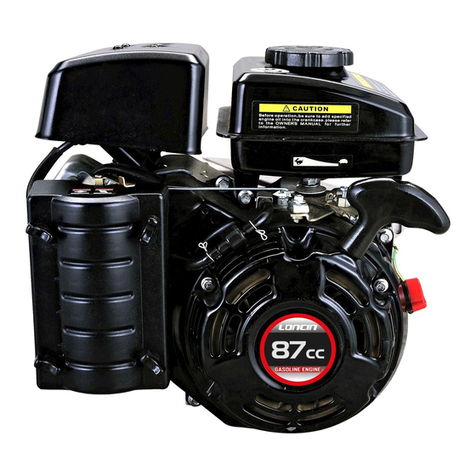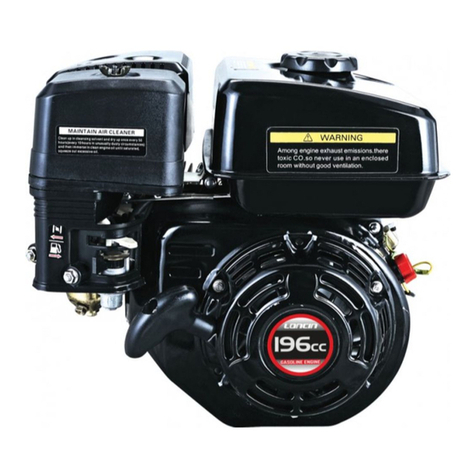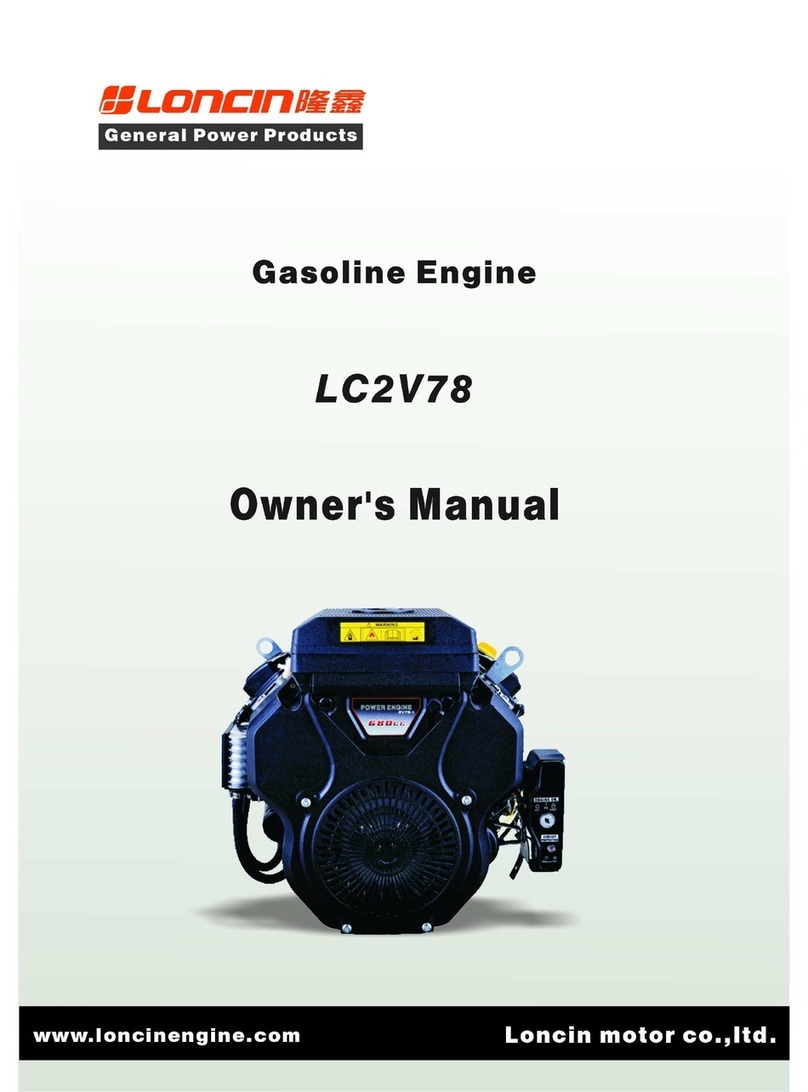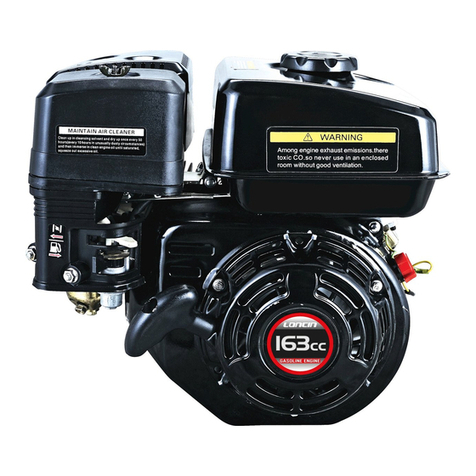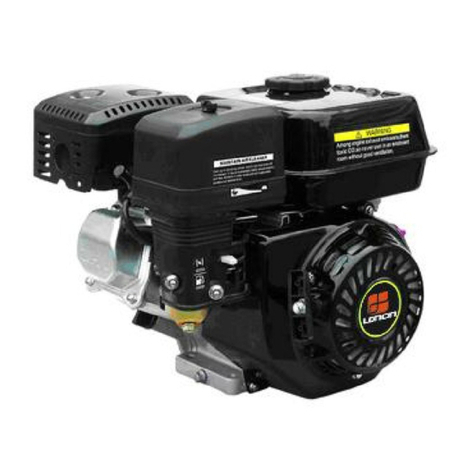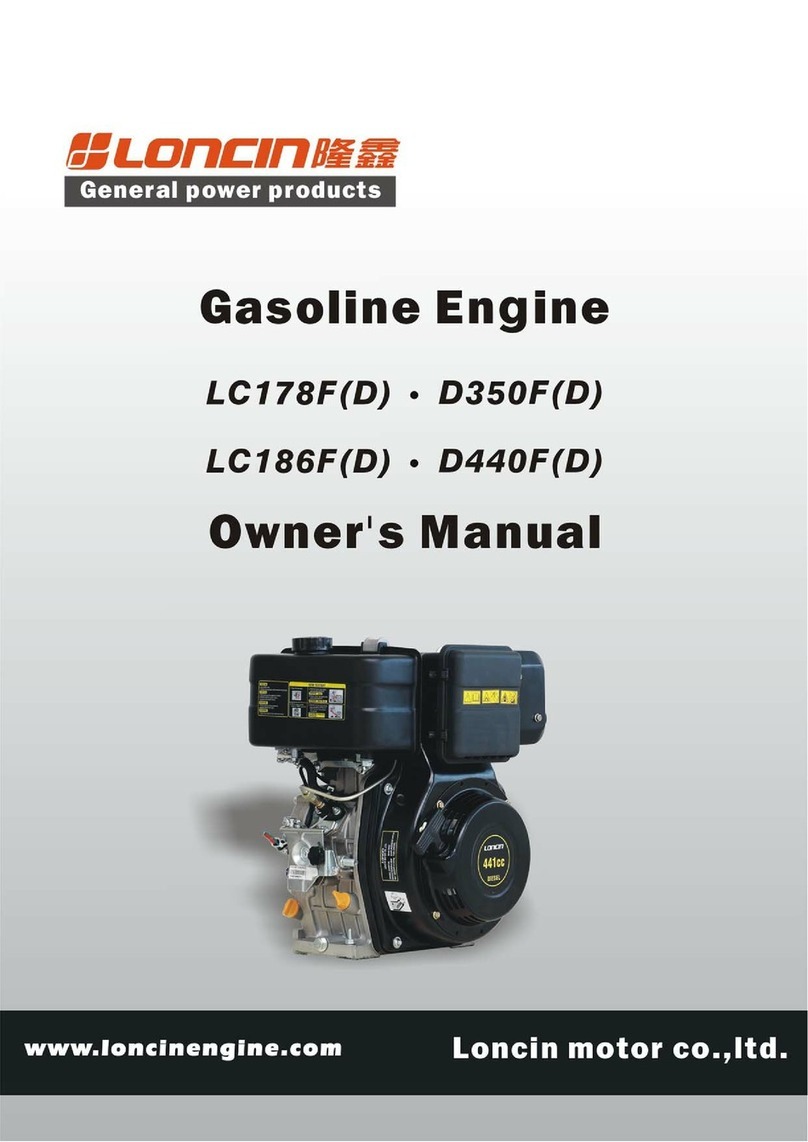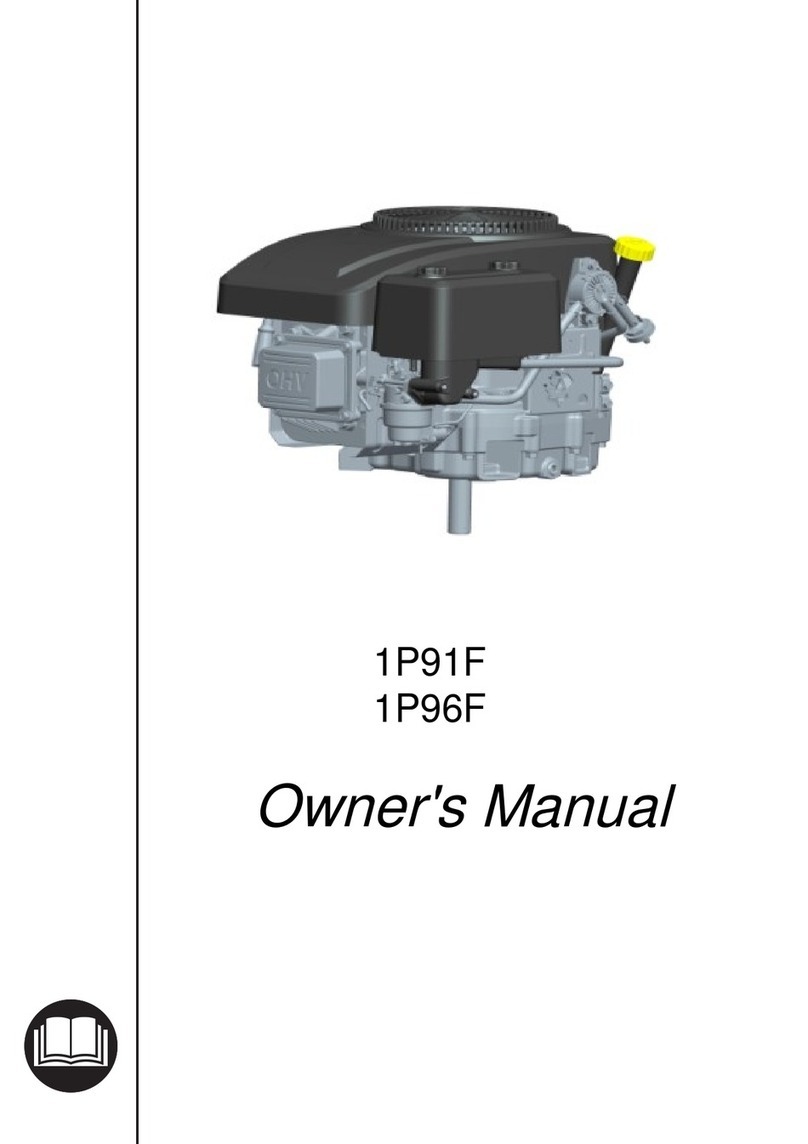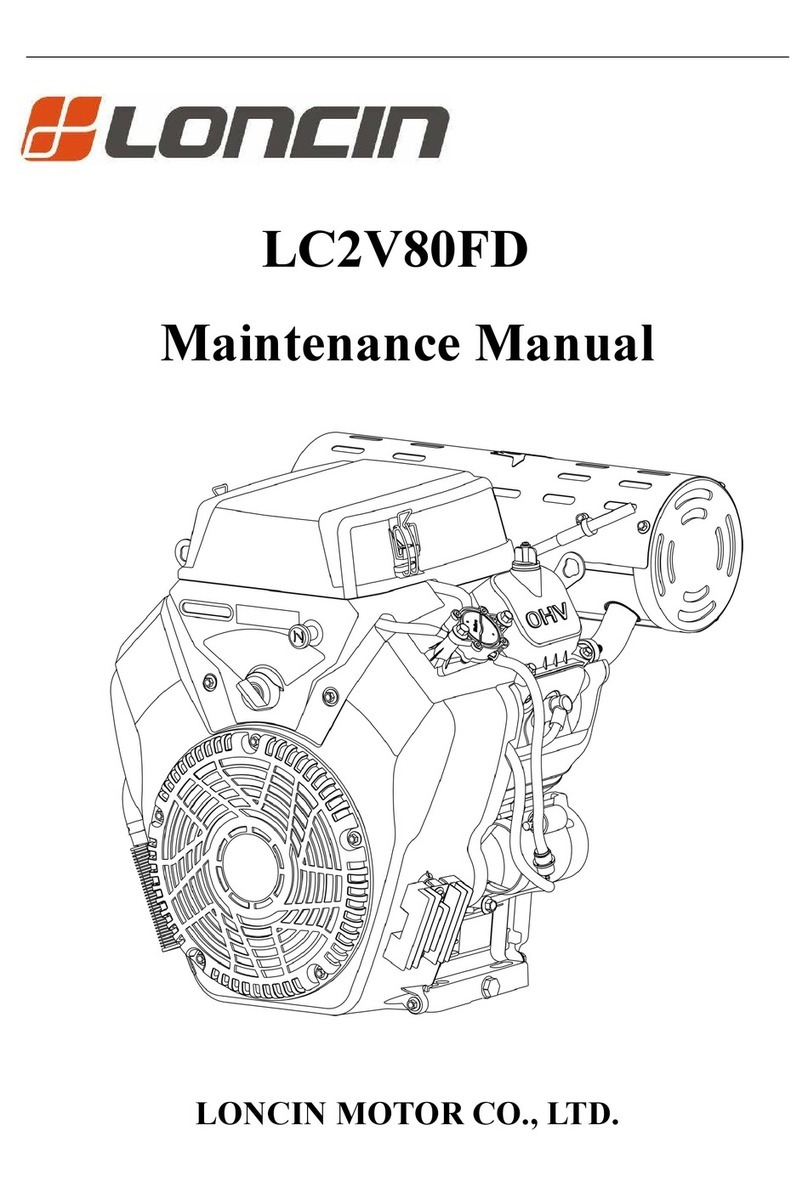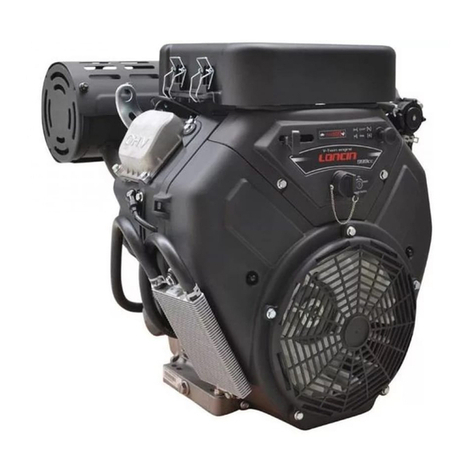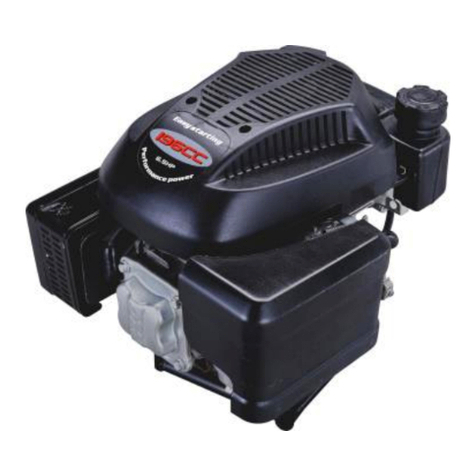8
different region and temperature in right picture
Before oil replacement, drain off old oil in
Crankcase first, and then wash by washing kerosene.
Lubricant checking
In case engine just stopped running, waiting for minutes
is needed which makes oil reach the bottom of crankcase.
Lay engine vertically to ground and check through view
window 3,, and the level should be within upper and lower
scale line.
In case higher than upper line 1, drain out surplus oil
In case lower than low line 2, add more lubricant 1. Upper scale line
2. Lower scale line
3. Oil view window
Replacement of lubricant
Replace lubricant before it cooled down,
in this case, complete oil drainage in
crankcase could be ensured. Lay one oil plate
under engine, and screw off bolt A for releasing
oil. Check seal washer, and replace if damage is
found. Screw up bolt A and washer when old lubricant
completely released
Fastening torque:18N·m
Fill new oil and check its level.
Requirement for newly added oil:
Fill oil by 1.5L when new engine left factory;
Fill oil by 1.3L when oil need replacing and
without replace secondary oil filter.
Fill oil by 1.4L in case secondary oil filter
also need replacement.
Replacement of secondary oil filter
Remove the cap of secondary oil filter, and take
out the old filter. Replace by new oil filter and install
its cover.
Replacement of decompression valve
Remove right crankcase cover, and screw off
decompression valve A, and then install new
one and tightly screw up.
Torque for screwing up:15N·m
